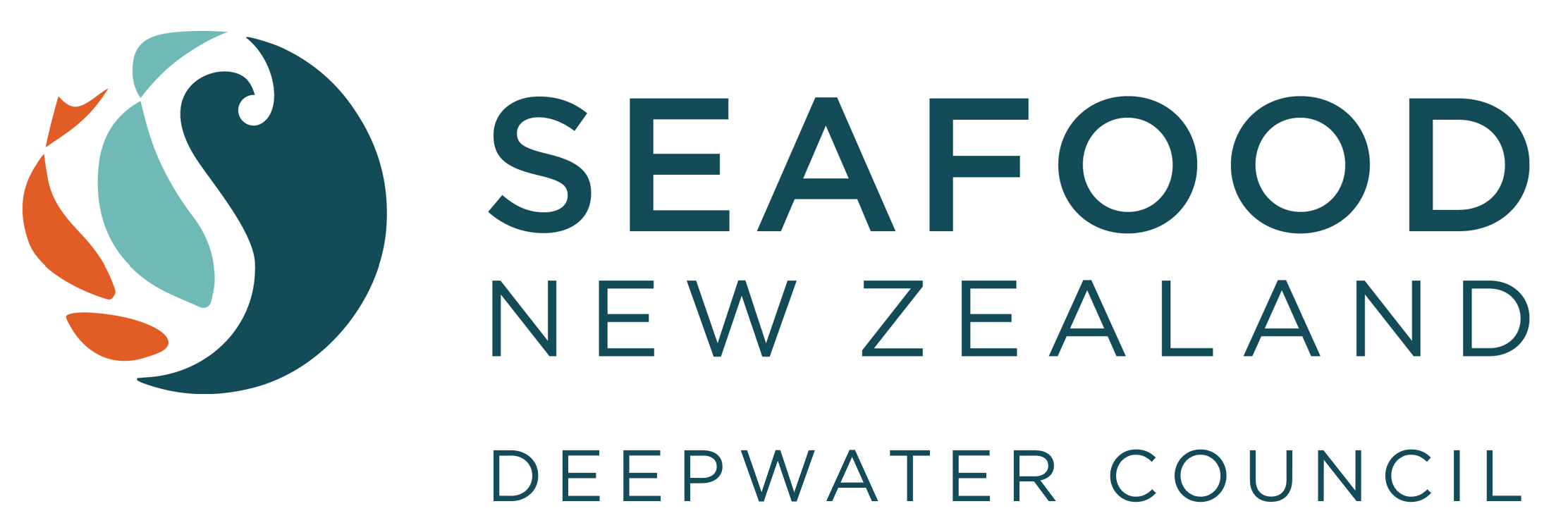Press release from New Zealand Government Hon Stuart Nash, Minister of Fisheries. Friday 27 September 2019
Commercial catch limits for tarakihi will be reduced by a further 10 per cent as part of a package of measures to ensure sustainability of a number of fish stocks around the country.
Fisheries Minister Stuart Nash has announced decisions following a review of catch limits and management controls for twenty fish stocks. The annual sustainability review involved public consultation between June and July. Decisions apply to the 2019/20 fishing year which starts on 1 October.
“The decisions affect 20 fish stocks. There will be reductions for seven fisheries, increases for nine, and four will remain the same,” Mr Nash says.
“Stocks reviewed this year include those of cultural importance to Māori customary groups such as kina and pāua, and stocks important to recreational groups including tarakihi.
“In the case of east coast tarakihi, a 10 per cent cut has been made to commercial catch limits. The reduction is supported by scientific evidence that the abundance of tarakihi in the east coast is very low.
“Tarakihi is an important fishery to a lot of communities and we need to allow it to rebuild. This decision represents the second phase of a two stage review of the fishery that began last year when I reduced the catch by 20 per cent.
“Decisions are supported by the implementation of an Industry Rebuild Plan for tarakihi. I have also asked industry to agree to strengthen monitoring and verification of the Plan through the use of on-board cameras in tarakihi management areas 2 and 3. I expect these cameras to provide coverage of a significant majority of catch by the end of 2020.
“Further reductions may be introduced if industry are not able to deliver on commitments in the Industry Rebuild Plan. I have instructed Fisheries New Zealand to monitor this regularly and closely monitor performance against the Industry Rebuild Plan and report any non-performance.
“Sustainable use is at the heart all of these decisions. They are based on the best available scientific information along with feedback from the community. It’s about making sure there are enough fish in the water for current and future generations to enjoy.
“Responsive management is essential to sustainable and productive fisheries resources and I have made these decisions for the long term health of our fisheries for all New Zealanders.
“The Quota Management System provides a framework that is flexible and responsive to change. Where a stock is below expected levels then I will act to protect it.
“Our fisheries are in a generally healthy state and this has allowed some catch limits to be increased, such as orange roughy, ling, gurnard, rig and John Dory. Decisions to change catch limits consider a number of factors with the overall goal of sustainable use of the fisheries.
“Catch in the hake fishery is reduced by 2,800 tonnes. Science indicated the stock is at a low level and this reduction is expected to recover the stock to a healthy level.
“In the hoki fishery, I appreciate the willingness of industry to implement measures to support improving the status of the hoki stock, including last year’s voluntary reduction of catch and temporary closures in key areas during the spawning season.
“Hoki is New Zealand’s most visible and largest export wild-catch fishery, and therefore I have decided to take a conservative approach by reducing the total allowable catch in the hoki fishery by 35,000 tonnes to ensure recovery of the stock. I believe these measures will support the ongoing sustainability of this important stock.
“Careful consideration goes into sustainability decisions in an effort to minimise impacts on fishers, their families and the regional communities where they operate, while still ensuring the sustainability of the fishery,” Mr Nash says.
Note: Further background to the decision is on the Fisheries NZ website here: https://www.fisheries.govt.nz/news-and-resources/consultations/review-of-sustainability-measures-for-1-october-2019/
